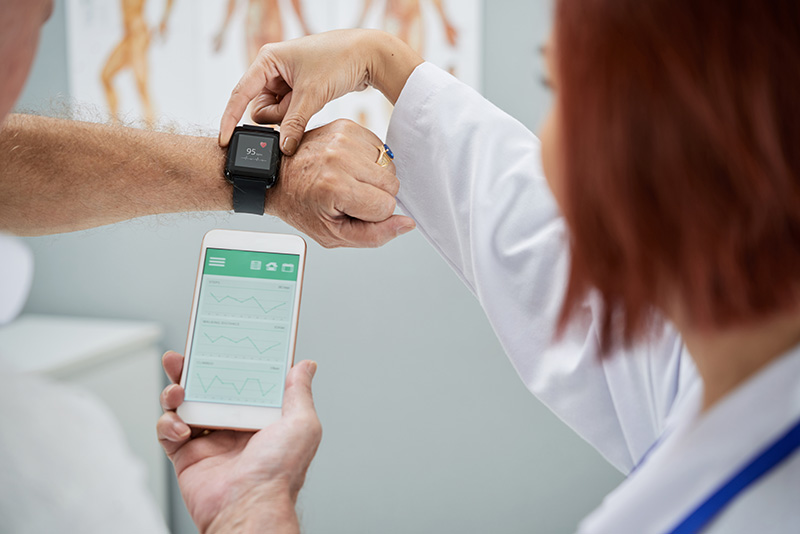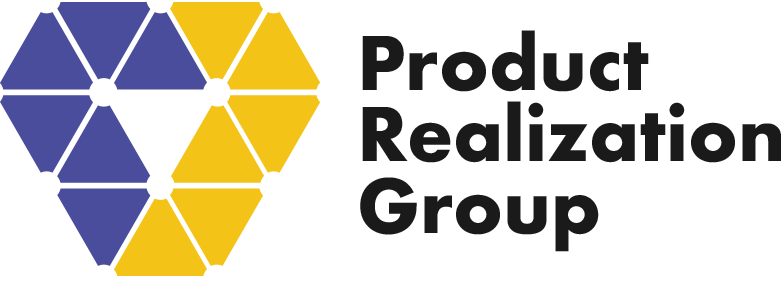
Jessica Ching, Product Realization Group’s Chief Marketing Officer, was featured as a panelist for an event with the Biomedical Engineering Society at Santa Clara University. Andy Switky, Founder of Code Name Collective and Lecturer in Mechanical Engineering at Stanford University, was also featured.
What happens when you introduce a product without a tested and proven use case? Google Glass was an example of a product in search of a market that wanted and needed it. Google assumed many medical uses for the product when it was launched, such as doctors using visual overlays during surgeries. However, Google Glass failed in the marketplace. In 2016, one of the only medical applications Andy heard about for Google Glass was doctors using it as a transcription service.
A name brand behind a product does not ensure a product’s success. The name brand doesn’t replace customer research and testing. As Jessica points out, even if Google had found an application for Google Glass, they still needed to complete a competitive analysis. That analysis includes talking to customers, looking at what’s already on the market, what’s on the way, if there is something simpler, if there something cheaper or more accessible, or something further along in development?
According to Jessica, the starting point for a customer solution should be a Marketing Requirements Document (“MRD”), not the technology. As Andy explained it, Google Glass was a lot of engineering without this research.
Both Andy and Jessica agreed that it is often difficult to understand the patient/customer perspective. These are a few of the methods they use to research and investigate customer input for new products:
- Analogous Research: Andy recommends using analogous research, that is, look at similar industries for similar experiences. For example, in a project that was examining medical diagnosis over the phone, Andy looked into customers’ experiences with phone psychics.
- Analogous Product Models: When looking for solutions for the prescription drug delivery services, Andy looked at how the cannabis dispensaries were building delivery models and the smart phone apps that they used.
- New Customer Support Employees: For information about pain points that the customer is experiencing, Jessica recommends talking to new customer support employees. A new employee is less likely to filter the customer feedback they get and be more candid with you.
- Build Early Product Prototypes: Andy recommends using early prototypes to gather customer data and research about the product.
It is challenging to fully understand customer needs for medical products. As a developer, it is not easy to put yourself in the position of the patient-user. Market research, customer interviews, surveys, testing, and prototypes are tools that the development team can continuously use to understand the user viewpoint and create the right product for the market at the right time.

Jessica Ching is Chief Marketing Officer for the Product Realization Group. Jessica has over 20 years experience bringing new medical devices to market, working for Dexcom, Abbott Labs, Bosch Telehealth, Body Media/Jawbone, IDx, XPRIZE, Samsung, and Toshiba.


